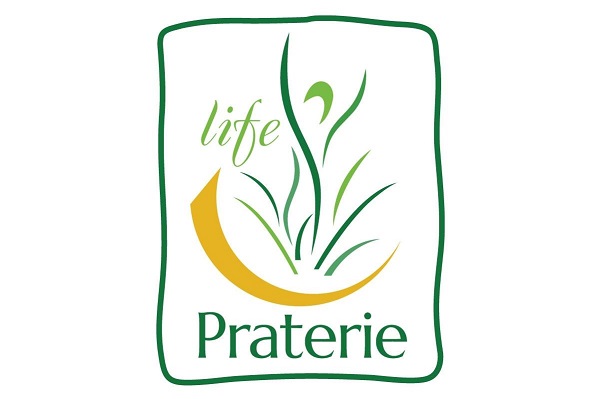Case Study
Project LIFE011/NAT/IT/234 “PRATERIE”
Contact name
Giuseppina Leone
Institution name
National Park of Gran Sasso and Monti della Laga
Region & country
Abruzzo - Italy
Summary
The “Praterie” (i.e. Grasslands) LIFE Project aims at the long-term conservation of grasslands and pastures in the Gran Sasso and Monti della Laga National Park (Italy).
Premise of the project is the fact that the conservation of the different types of habitats cannot exclude the careful and sustainable management of the production activities connected with them, such as extensive farming and tourism.
Therefore, according to strategies and actions that have been widely shared with those stakeholders interested in the territory, the project aims at intervening on different levels to remove or reduce the existing problems through different actions: the harmonisation of the grazing system, more careful ways to manage the tourist services, the spread of good conservation practices and of a new culture of sustainable utilization.
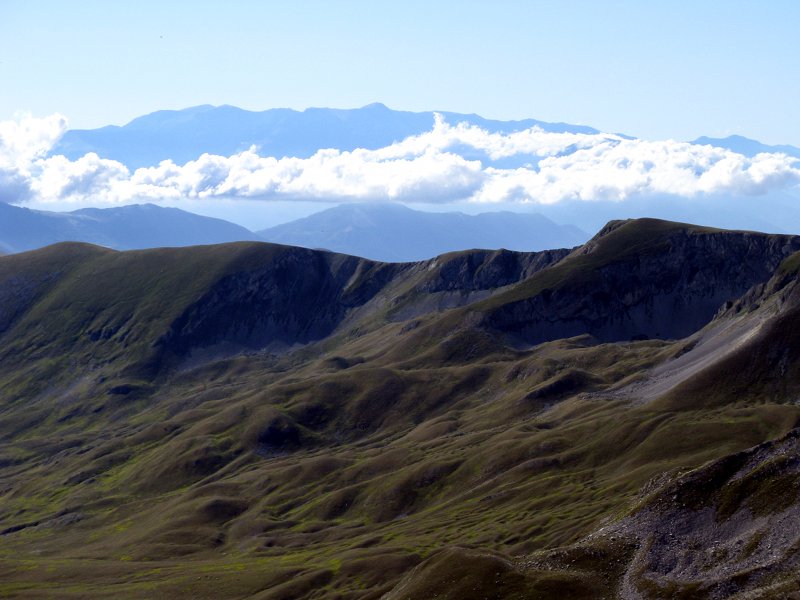
Campo Imperatore - Gran Sasso and Monti della Laga National Park (Italy)
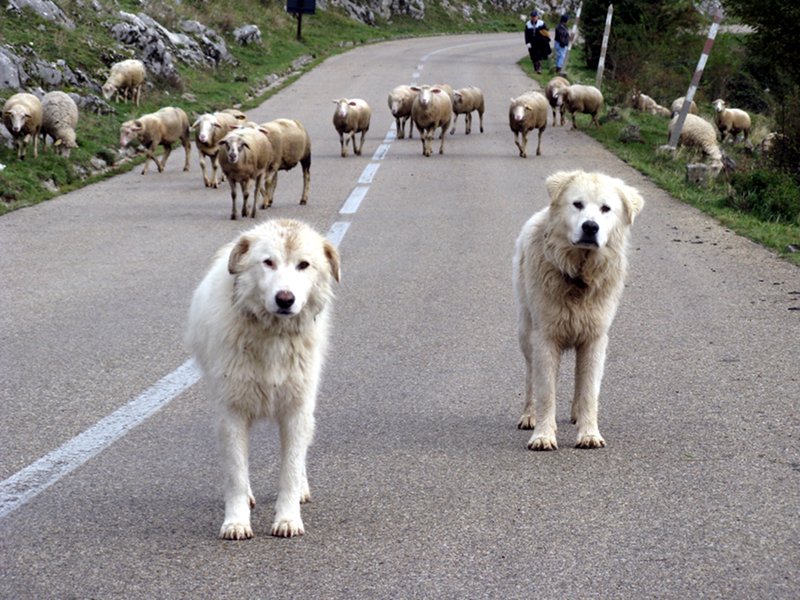
Gran Sasso and Monti della Laga National Park (Italy)
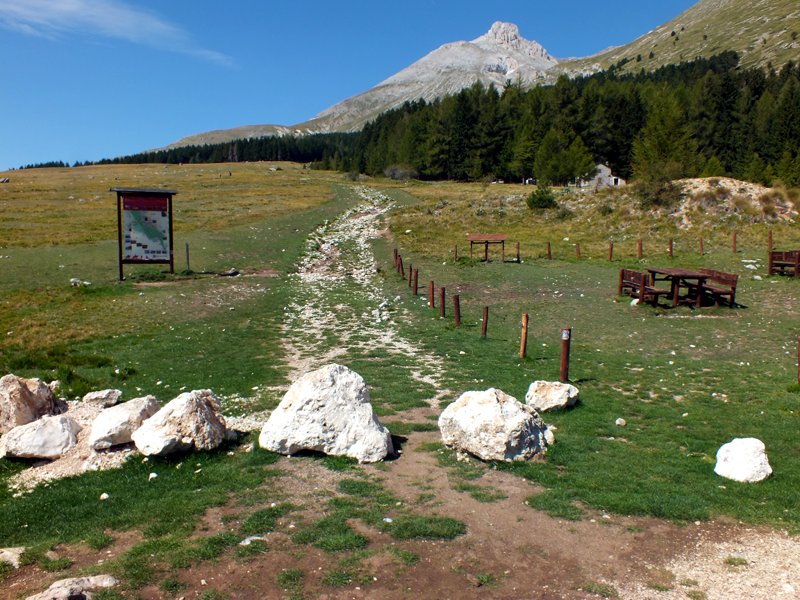
Picnic area
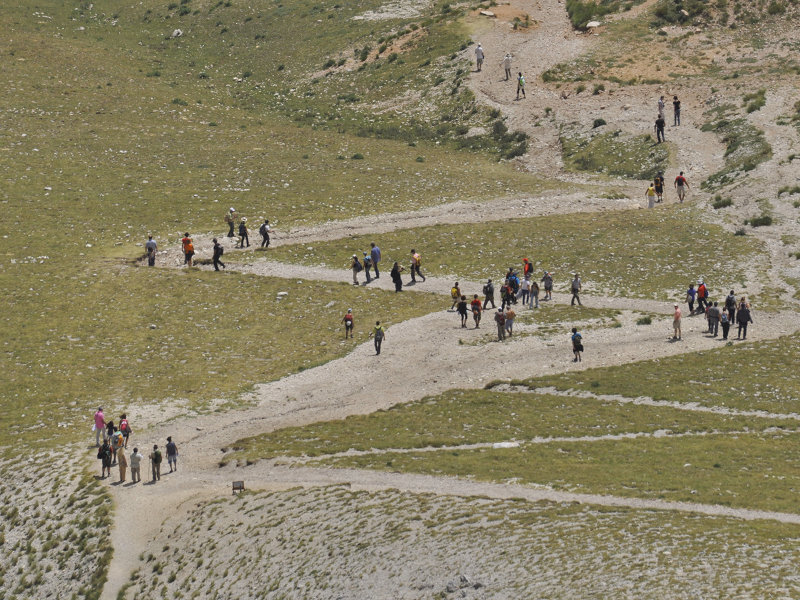
Hikers on the trails
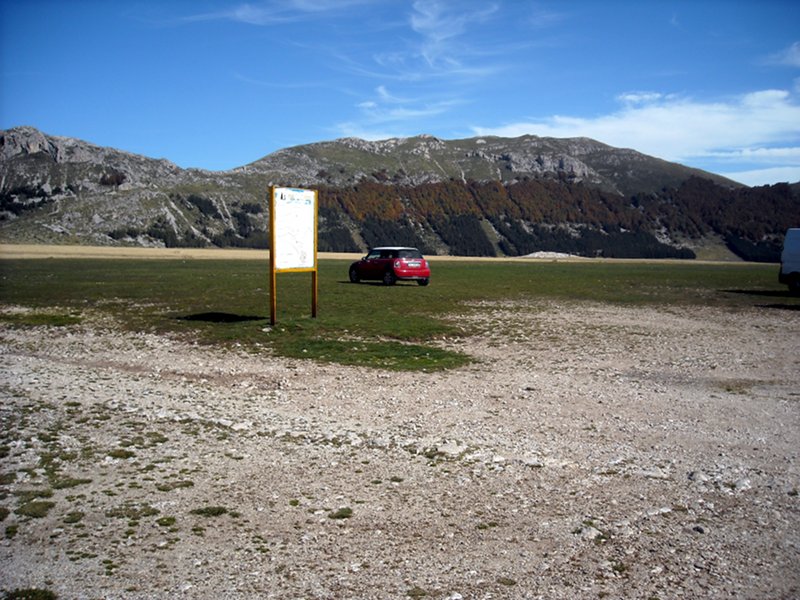
Car parked on the meadows
Background of the project
The Southern slope of the Gran Sasso mountain is characterized by the landscapes of the high plain of Campo Imperatore: a unique environment for the alpine features and the vast extensions of grasslands.
Due to the richness in ecosystems and biodiversity, the project area is involved in anthropic activities of significant economic value, such as breeding and tourism. The project’s main strategical features are connected with these activities, due to the high environmental value of grasslands. Many habitats listed in the Habitat Directive are affected by these problems.
The grasslands, especially those situated on the great plateau of Campo Imperatore, have always been theater of extensive sheep, goat, cattle and horse farming, namely an activity which brought richness to the Gran Sasso’s communities, and that still represents one of the most significant sustainable production realities in the protected area.
Nevertheless, the sustainability of these centuries-old practices is strictly connected with the preservation of the pastures’ good conditions, and with the introduction of appropriate livestock farming practices. Some areas are in fact partially overloaded because of the cattle assembling in the watering places. On the other hand the extensive livestock farming reduction could cause a localized forsaking of the pastures, with the resulting decline and reduction of the habitats giving shelter to precious plant and animal species.
The wellbeing of the grasslands and of important animal species found there, is endangered by two main types of threats:
a) the extensive and improper livestock raising practices, linked with insufficient regulations on the cattle flows and on the uneven use of the territory. The insufficient availability of drinking troughs determines the confluence of cattle only in some areas, while others are not very used or not used at all. Along with this issue there are also many other problems, such as the lack of grazing facilities: barns, enclosures and drinking troughs. The lack of drinking troughs in particular leads the cattle to quench their thirst by the upland small lakes, causing serious damages to the 3150 habitat hosting the italian crested newt. Besides the insufficient grazing facilities there is also the feeling, on a local level, of a territorial contrast between breeders, local governments and the Park.
b) the unregulated presence of tourists and the impacts of tourism. The Gran Sasso and Laga Mountains National Park, the Campo Imperatore area in particular, along with the highest summits of the Gran Sasso mountain chain is one of the most important tourist attractions in Central Italy. Here there are mostly two types of tourism: hiking on foot or tourism on the road. For the first type a tourist flow of about 30,000 people a year has been reported, and it determines the intense frequentation of some paths that are subject to erosion, such as the Vie Normali in Corno Grande, and of some areas particularly appreciated by tourists, such as Fonte Vetica, that are subject to strong pressures on the grasslands, with consequent problems affecting the maintenance of the habitats and creating disturbing elements for some species such as the Orsini viper (Vipera ursinii) and the chamois (*Rupicapra pyrenaica ornata – priority species). Strong impacts are determined by tourism on the road, mainly showing itself near the ways that cross the uplands and the areas traditionally used as rest stops. Cars sometimes occupy both the roadway and the surrounding grasslands, seriously damaging wide areas and surfaces.
The project implementation will therefore take into account the described problems by creating the necessary facilities to better manage the tourist flow.
Solution and actions taken
The conservation of the different types of habitats cannot exclude a sustainable management of the human activities connected with them, such as extensive farming and tourism. Therefore, according to strategies that have been shared with the local stakeholders, the project is intervening to reduce the conservation problems through the harmonization of the grazing system, more careful ways to manage the impact of tourism and of a new culture of sustainable land use.
The project’s surplus value will be the drawing up of “environmental contracts”, where the Park recognizes breeders’ safeguard role in the territory, offering the opportunity to implement a set of best practices concerning both the infrastructures and the technical and practical aspects.
Moreover, through the adoption of balanced regulations on the use of the pastures, the Municipalities, along with the local governments and the users of the civic use goods, will benefit for the first time from common and shared rules, in order to implement a bureaucratic simplification, besides an improvement of the management of grasslands that are now considered as a common good which should be properly managed, in order to ensure its productivity also for the future.
The analysis of the critical aspects connected with the farm management modalities, that put livestock in dangerous predation events occurring because of wild animals, will entail the drafting of a vulnerability chart of the farms useful to predict changes to the pasture management modalities, with the aim of reducing both conflicts and social tension.
The project includes a series of actions, some of which are preparatory, such as the realization of a geographical and photographical database concerning the soil utilization and the most damaged areas, and the launch of virtuous relationships with the involved local subjects in order to achieve a fruitful sharing of the project’s inner meaning and goals.
Among the actions dedicated to the tourist management, the project includes the renovation of the path network, the realization of eight parking areas for cars and recreational vehicles, the placement of appropriate panels to make tourist flows converge on dedicated areas in order to safeguard the meadows and pastures.
Good practices will be spread among breeders and the public thanks to the opening of information points in four strategical areas within the Park, and thanks to information and awareness campaigns on the project and on the respectful and conscious fruition of the territory as a common good.
Also, it is of crucial importance to match the grazing regulations within a negotiation procedure taking into great account the breeders’ management and socioeconomic problems. A series of infrastructural interventions will be implemented in order to directly improve the habitat conservation, such as the building of new water troughs to make animals evenly spread all over the territory, the installation of enclosures and shelters for veals and sheep to limit the damages caused by predation and to avoid the social conflict. Throughout the project a permanent action of orientation and technical support will be guaranteed in order to easily spread the best grazing management practices. The small high-altitude lakes will be fenced to prevent the cattle to destroy their shores.
Other institutions or parties involved
The inclusive process involved more than 200 stakeholders, each of them characterized by their territory of origin, different profiles, issues and strategies:
INSTITUTIONAL ENTITIES: National Park, Municipal Administrations, Separate Administration of Civic Lands, Regions.
ECONOMIC ACTORS: farmers and local manufacturers – lawyers.
SOCIAL ENTITIES: public Veterinary, Italian State Forestry Corps, residents, journalists, environmental associations, universities, facilitators.
Results
The encouraging result of this process is that newly identified conservation measures are more effective thanks to the management of the existing conflicts and the improved dialogue between parties. The pasture guidelines have been approved. Some administrations officially engaged themselves (through a Memorandum of understanding) to approve the legal texts concerning the specific pasture regulation. At the moment two regulation have been approved by two Administrations.
Challenges
A poor participation of the institutional entities was registered, but the project’s team proceeded with the conventional communication channels such as ad-hoc meetings, specific meetings etc. It was also registered a general mistrust towards a method which tries to involve all the stakeholders at the same time, by keeping specific procedures as regards the technical and political debate with the institutional public Entity representatives.
Lessons learned
To engage the participatory process as a method of government for the Park. In fact, this strategy is able to take charge of the problems, the conflicts and the contradictions, bearing in mind that conservation issues cannot be solved without the involving of the territory stakeholders.
Contact name
Giuseppina Leone
Institution name
National Park of Gran Sasso and Monti della Laga
Website(s)
